Full scale: we preview the inaugural Chicago Architecture Biennial’s ideas on housing
We preview the inaugural Chicago Architecture Biennial's ideas on housing
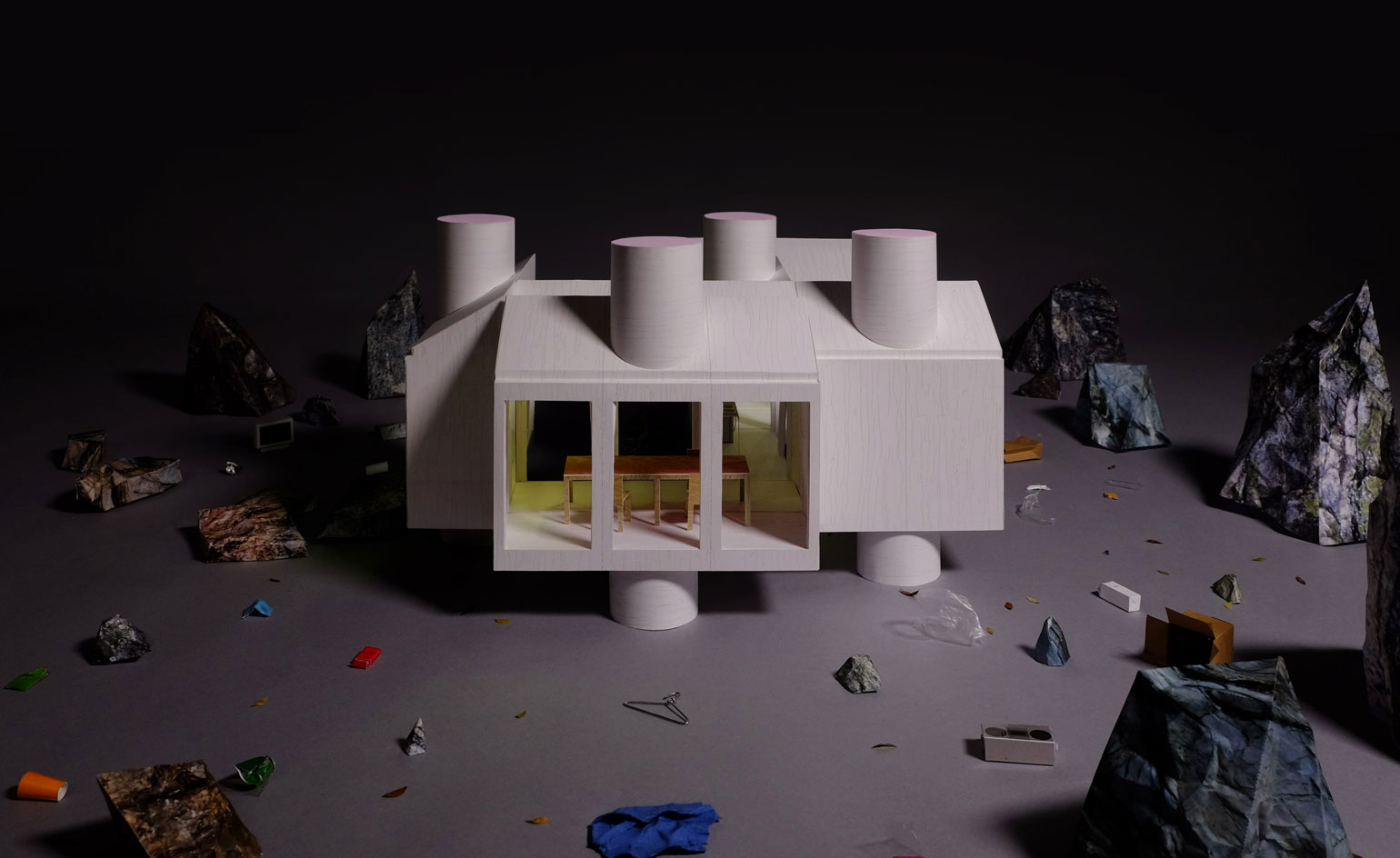
MOS's Michael Meredith is talking about the theoretical implications of the corridor from New York City; Tatiana Bilbao is talking about providing housing to poverty-stricken Mexicans from Lago di Como; and Hidetoshi Sawa of Vo Trong Nghia Architects is talking about how to make valuable and powerful housing for people living along the Mekong Delta, from Vietnam.
The three architects' ideas will meet again, in the form of full-scale models, at this fall's Chicago Architecture Biennial, the inaugural festival masterminded by Sarah Herda, currently of the Graham Foundation and formerly of Manhattan's seminally influential Storefront for Art and Architecture, and Joseph Grima, who succeeded Herda at Storefront and has since worked at Domus and the New Museum, as well as independently. The topic for the biennial is 'The State of the Art of Architecture,' both an ultra-specific callback to Chicago architect and theorist Stanley Tigerman's 1977 conference, and as open-ended as the organizers could get - on purpose.
'We want participants to come with a position,' Herda says. 'This isn't a project abut a specific ideology, or -ism.' Herda cites her background at Storefront and the Graham, and Grima's time at Domus and now the New Museum's IDEA CITY, as part of what makes playing with extensive networks their daily practical bread-and-butter - an ideal preparation for this global festival. Rather than a theme, then, shared concerns began to arise. And the shared concerns of these three projects-MOS' Corridor House, Vo Trong Nia's S House (3), and Bilbao's sustainable house-is housing.
'This is our most important project,' Bilbao says. 'I believe that architecture can improve the quality of life for the lowest income people in the country - this house is for the lowest part of the pyramid.' Her houses, which are funded through a combination of government grants and private financing through a bank (one of them run by one of her more upscale beach house clients), each fit neatly into the government's dictated size of 43 sq m, but are constructed in such a way that, should the inhabitants come into more money and need more space, they can expand. Bilbao's prototype blends inside and outside around a central core, and each house is constructed so that a second story could be added, or a patio built on.
The tension between a finished house and one that could grow is something that the inhabitants needed to work with. 'People wanted a house that could be expandable, but they would rather not have had it as expandable if it looked like it wasn't finished.' Bilbao came up with something modular-made out of standard materials like wood palettes and concrete blocks-and that could be shifted around depending on what the client wanted. In rural areas, people tended to want kitchens and toilets outside. In suburban areas, they wanted them inside. The house's cost doesn't change - but the shift in parameters allows each client to feel like this is truly their house, not a government-subsidized shed of social housing that removes everything personal.
On the Mekong Delta, Hidetoshi Sawa of VTN has been experimenting with prototypes of what the firm is calling S House - the third iteration of which will be displayed in Chicago. It's made of steel, which is easier to transport than the concrete the second prototype was made out of, and which operates as a basic frame. What VTN has done here, similar to Bilbao, is construct a basic shell that can then be altered depending on who's using the house. While it was originally designed for the Delta and its economic and geographical particulars, Sawa sees this house as global in possibility. 'We provide the frame, and then we can use local material,' he says, citing a version in India as an example.
MOS are interested in different issues. Working in New York City and under a different lash of housing concerns-yes, price is an issue, and so is livability-Hilary Sample and Michael Meredith were inspired by scholar Mark Jarzombek's work on corridors. 'The corridor is different than the hallway' Meredith says. 'It's a social space, and it's an almost willful leftover of architecture.' Taking this deeply unconsidered space, as he called it, and then considering and transforming it, was the exciting challenge of this project, and rather than a landscape of natural or economic disaster, MOS are looking at the quiet seeping disaster that is American suburbanism. The architects were inspired by 'corridors in McMansions, which are just immense - you could get rid of the rest of the house but keep the corridors, and you'd have a house that's big enough for people to live in,' as Meredith says. Their house has a pitched roof, but 'it's not really vernacular, it's an abstraction of the vernacular,' Meredith says.
These projects are all 'capital-A Architecture,' Herda says. Even with the vastly different applications and parameters, each of these architects is trying to figure out what people need emotionally, intuitively, and physically, and then provide that in built form - the ultimate architectural move. The three are paired because they provide context for each other - with MOS' theory providing a framework through which to investigate VTN's steel frame, and a lens through which to understand the deeply meaningful work that is being done by Tatiana Bilbao's built insistence that every person, no matter their circumstances, have access to powerful and individual architecture.
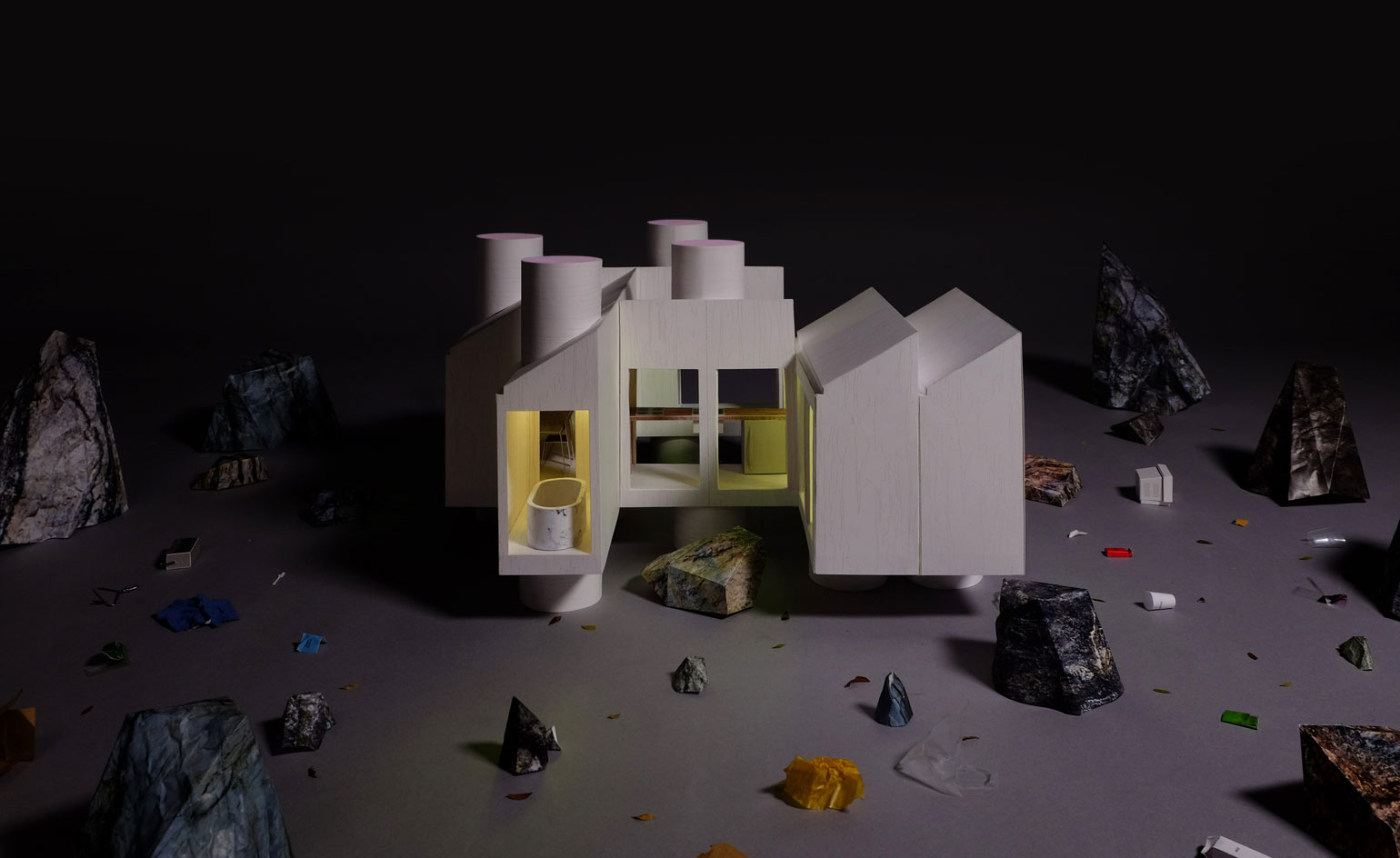
The pair has created a conceptual house for the festival. It may have a pitched room but it represents, they explain, ’an abstraction of the vernacular’

On the Mekong Delta, Hidetoshi Sawa of VTN has been experimenting with housing prototypes of what the firm is calling S House. Their research will inform their exhibit at the festival
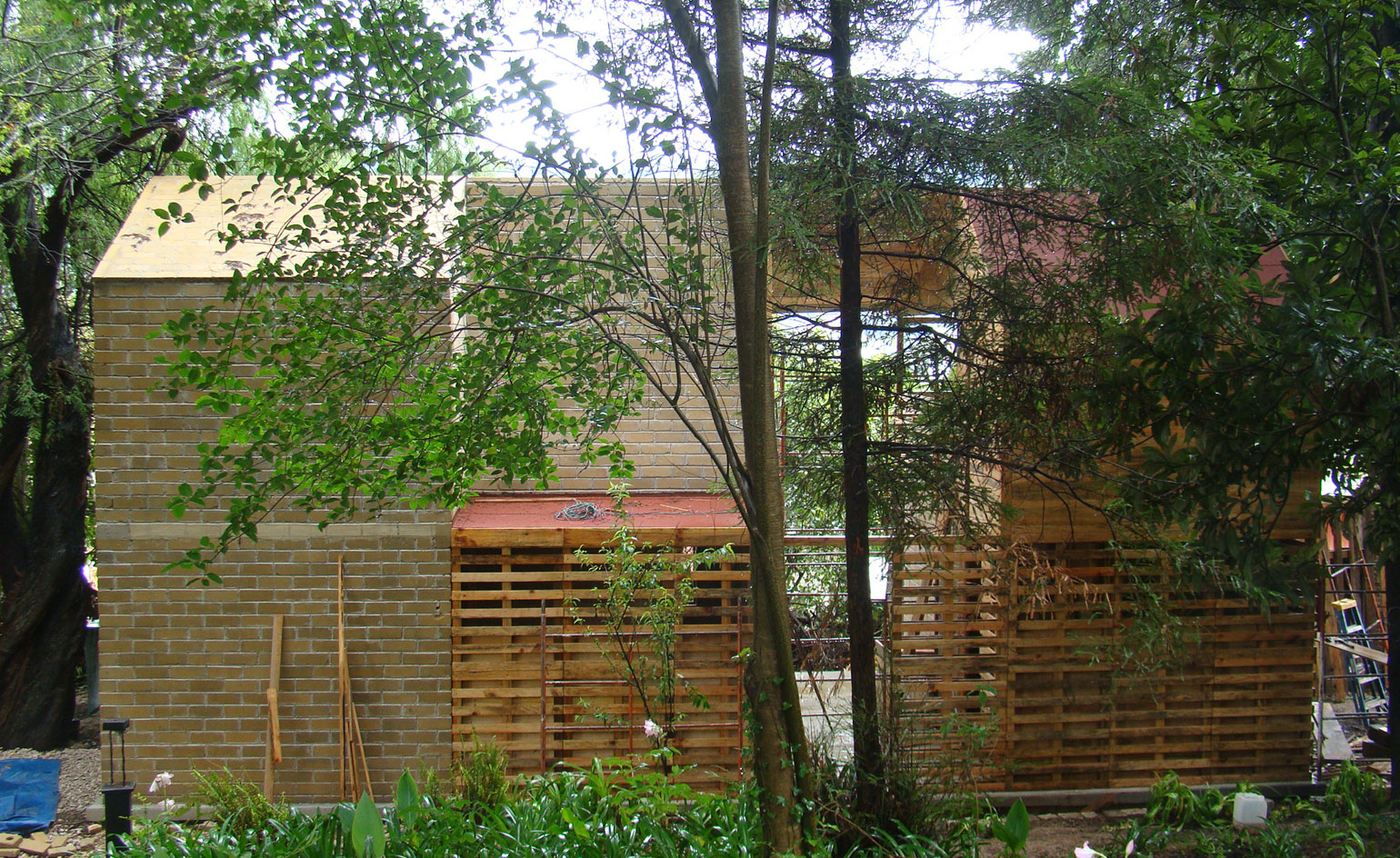
Mexican architect Tatiana Bilbao will be showing her own housing prototype, which she has already built in two locations - one urban, one rural - in her home country
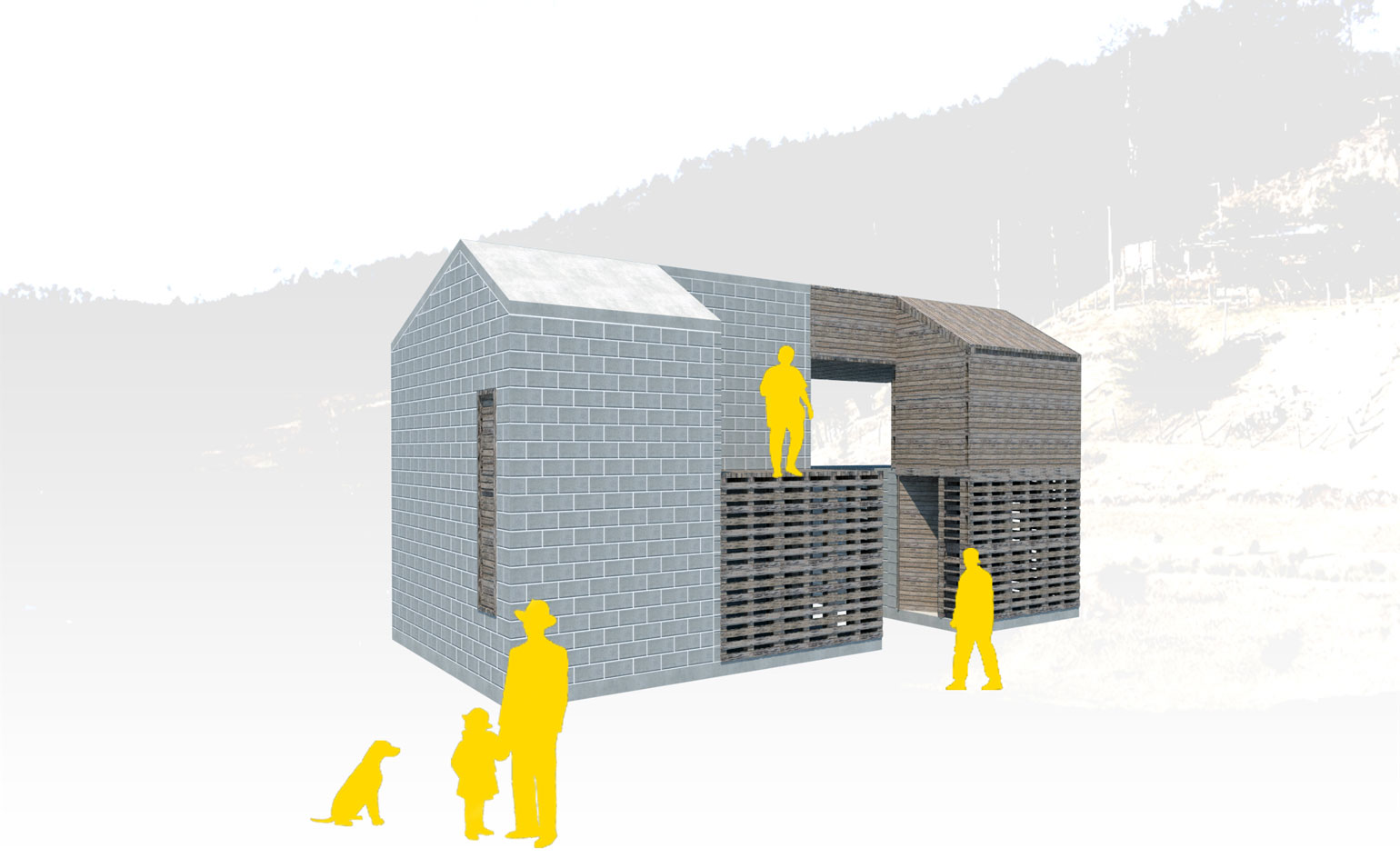
The concept’s focus is on sustainability and the design is flexible. If the owners want to make their house bigger, they can expand
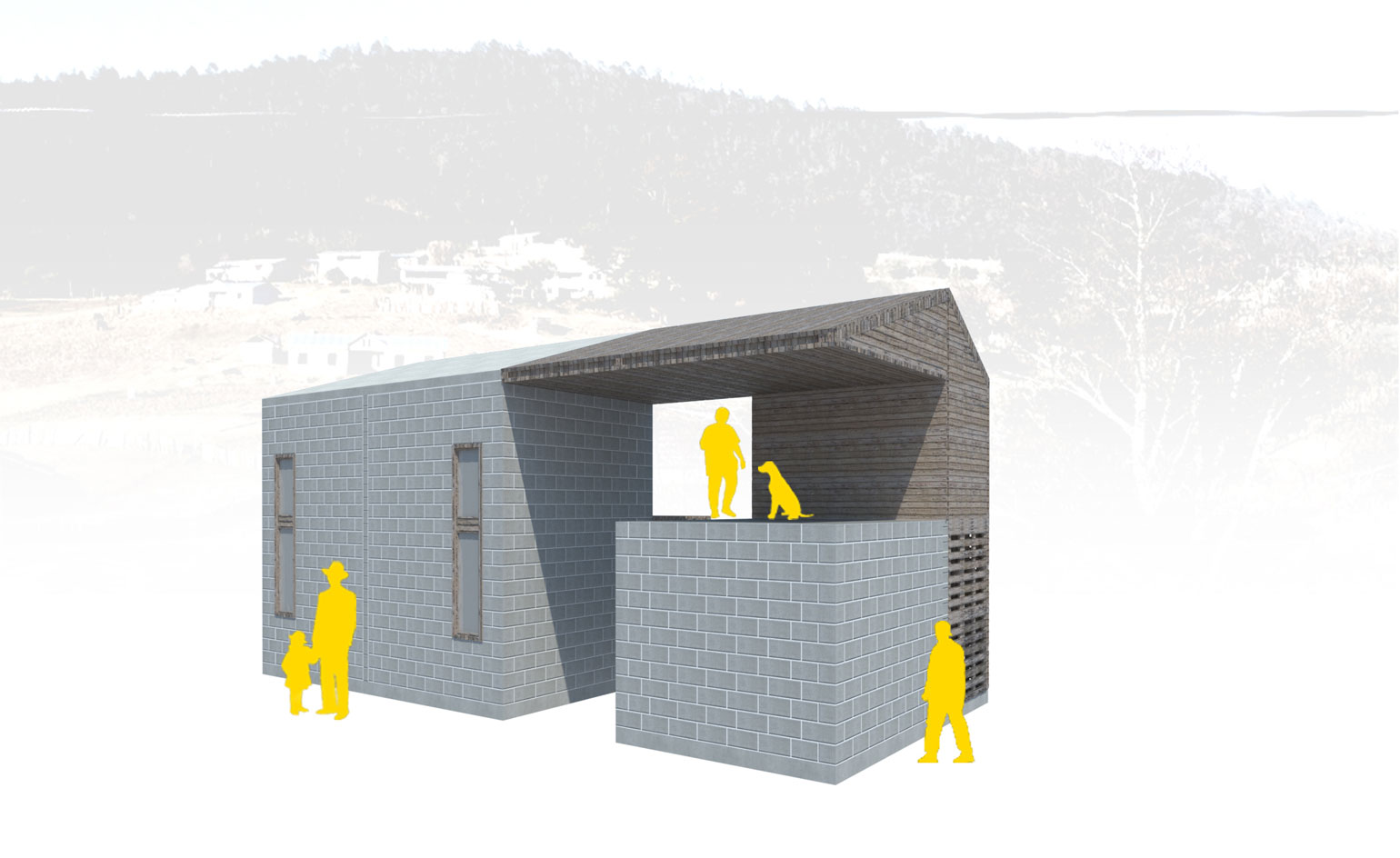
Her houses are funded through a combination of government grants and private financing through a bank
Wallpaper* Newsletter
Receive our daily digest of inspiration, escapism and design stories from around the world direct to your inbox.
-
 Put these emerging artists on your radar
Put these emerging artists on your radarThis crop of six new talents is poised to shake up the art world. Get to know them now
By Tianna Williams
-
 Dining at Pyrá feels like a Mediterranean kiss on both cheeks
Dining at Pyrá feels like a Mediterranean kiss on both cheeksDesigned by House of Dré, this Lonsdale Road addition dishes up an enticing fusion of Greek and Spanish cooking
By Sofia de la Cruz
-
 Creased, crumpled: S/S 2025 menswear is about clothes that have ‘lived a life’
Creased, crumpled: S/S 2025 menswear is about clothes that have ‘lived a life’The S/S 2025 menswear collections see designers embrace the creased and the crumpled, conjuring a mood of laidback languor that ran through the season – captured here by photographer Steve Harnacke and stylist Nicola Neri for Wallpaper*
By Jack Moss
-
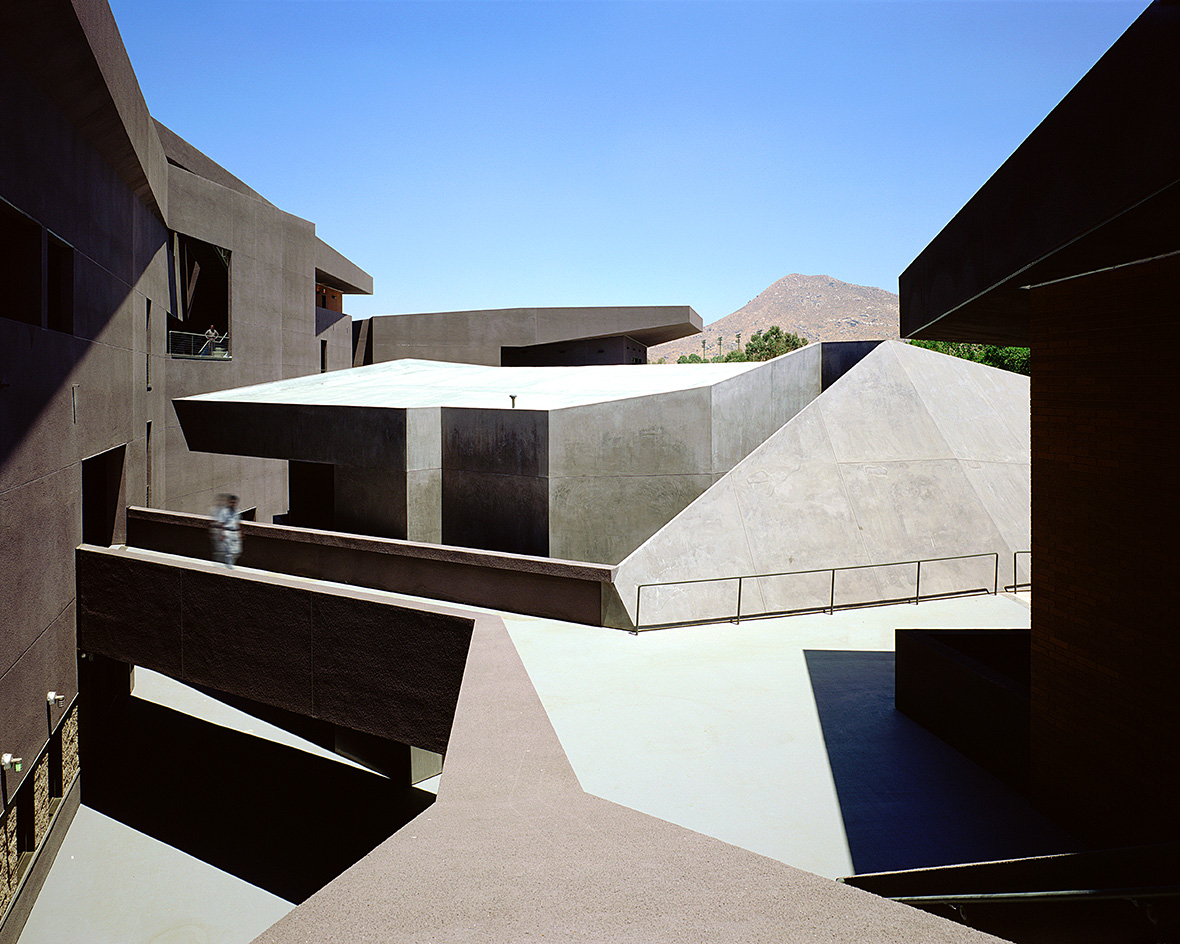 We explore Franklin Israel’s lesser-known, progressive, deconstructivist architecture
We explore Franklin Israel’s lesser-known, progressive, deconstructivist architectureFranklin Israel, a progressive Californian architect whose life was cut short in 1996 at the age of 50, is celebrated in a new book that examines his work and legacy
By Michael Webb
-
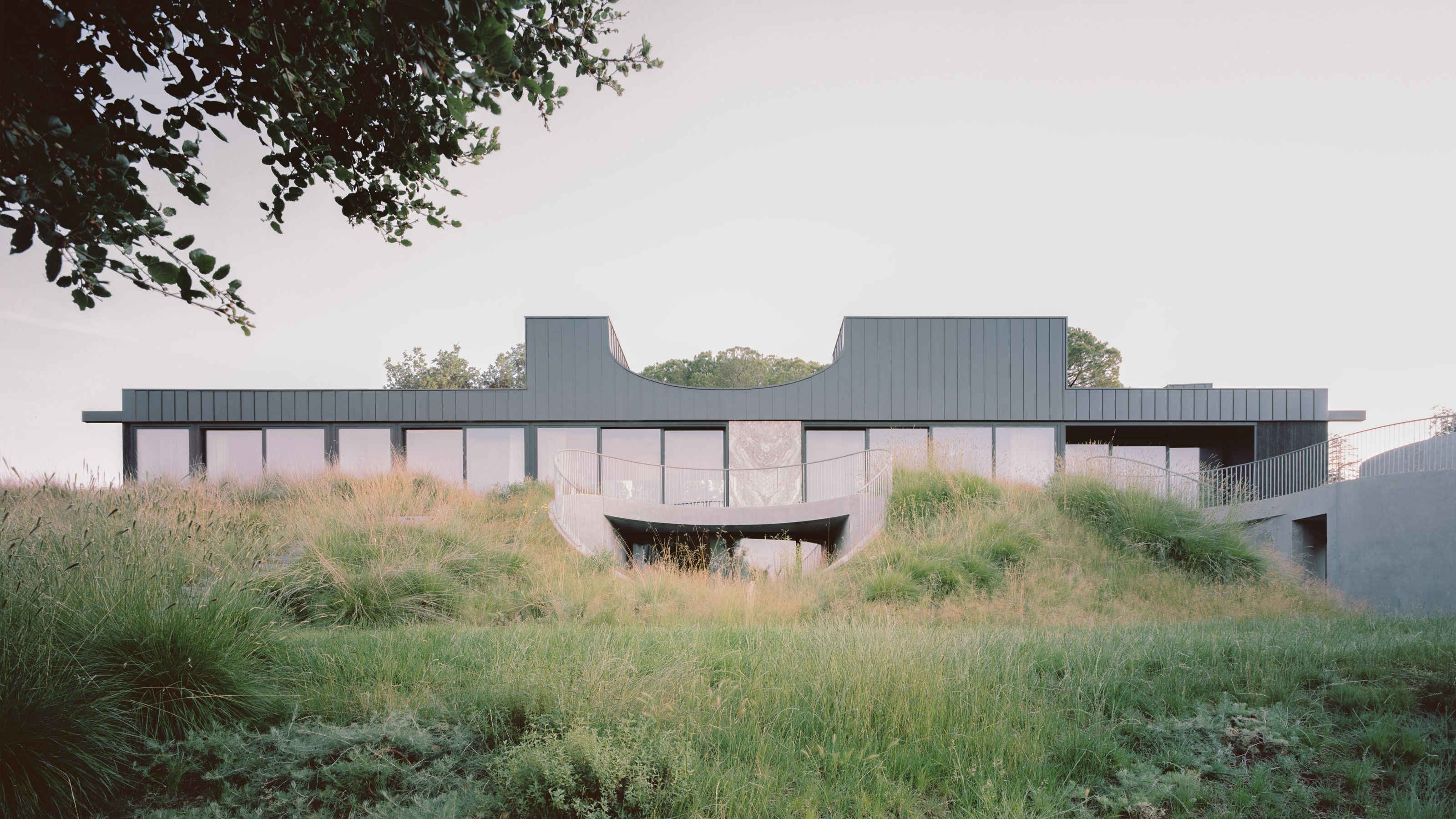 A new hilltop California home is rooted in the landscape and celebrates views of nature
A new hilltop California home is rooted in the landscape and celebrates views of natureWOJR's California home House of Horns is a meticulously planned modern villa that seeps into its surrounding landscape through a series of sculptural courtyards
By Jonathan Bell
-
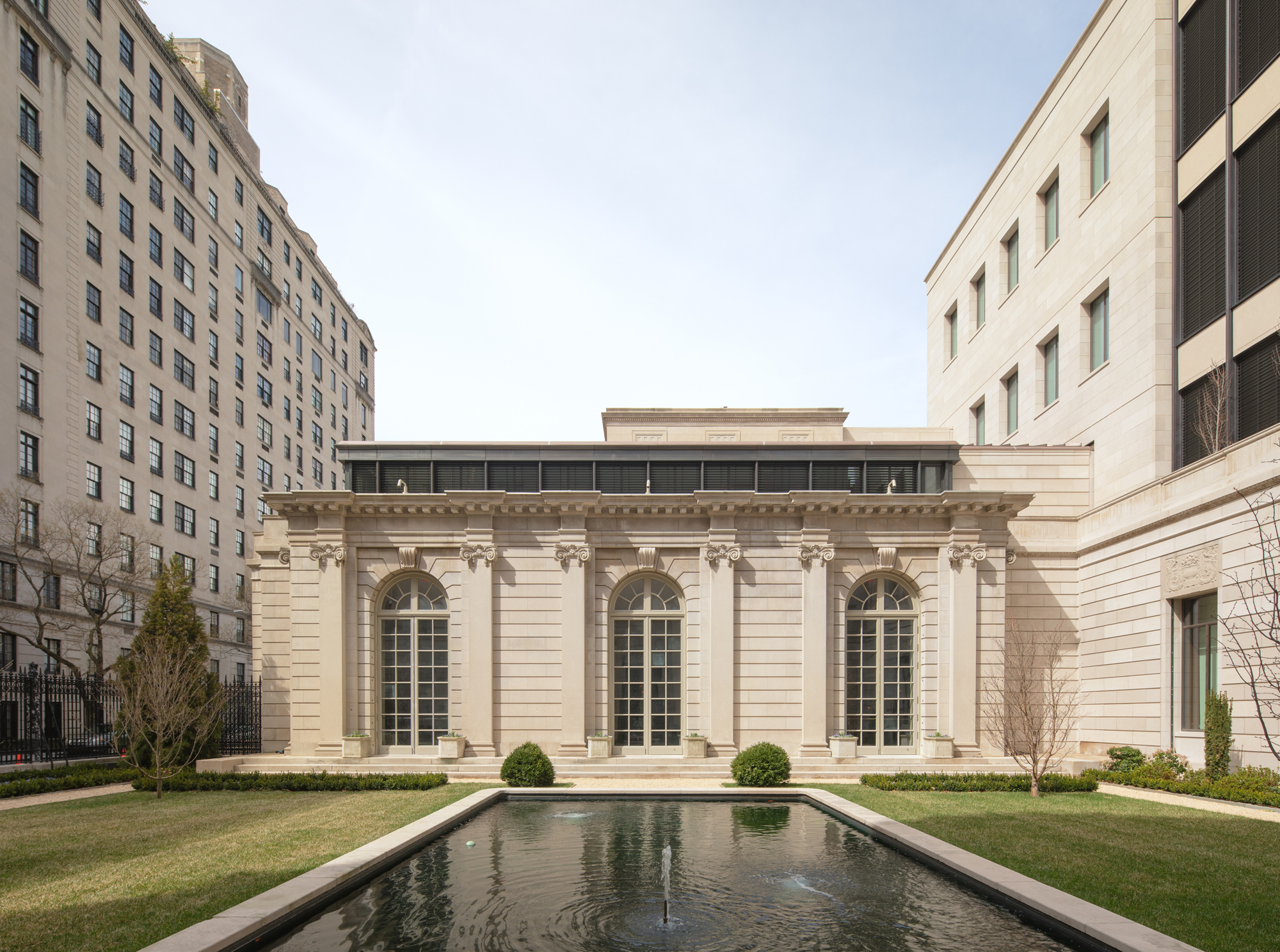 The Frick Collection's expansion by Selldorf Architects is both surgical and delicate
The Frick Collection's expansion by Selldorf Architects is both surgical and delicateThe New York cultural institution gets a $220 million glow-up
By Stephanie Murg
-
 Remembering architect David M Childs (1941-2025) and his New York skyline legacy
Remembering architect David M Childs (1941-2025) and his New York skyline legacyDavid M Childs, a former chairman of architectural powerhouse SOM, has passed away. We celebrate his professional achievements
By Jonathan Bell
-
 The upcoming Zaha Hadid Architects projects set to transform the horizon
The upcoming Zaha Hadid Architects projects set to transform the horizonA peek at Zaha Hadid Architects’ future projects, which will comprise some of the most innovative and intriguing structures in the world
By Anna Solomon
-
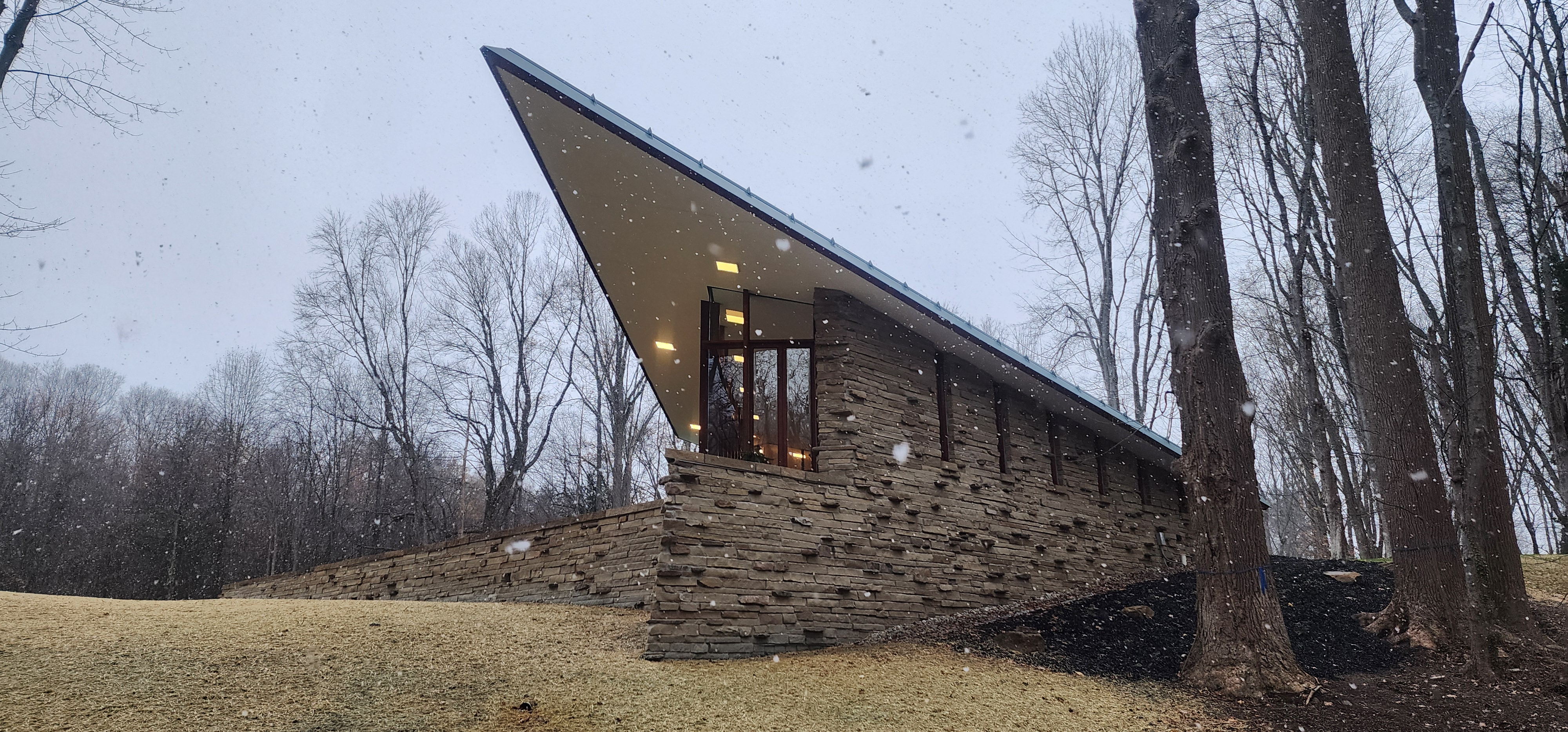 Frank Lloyd Wright’s last house has finally been built – and you can stay there
Frank Lloyd Wright’s last house has finally been built – and you can stay thereFrank Lloyd Wright’s final residential commission, RiverRock, has come to life. But, constructed 66 years after his death, can it be considered a true ‘Wright’?
By Anna Solomon
-
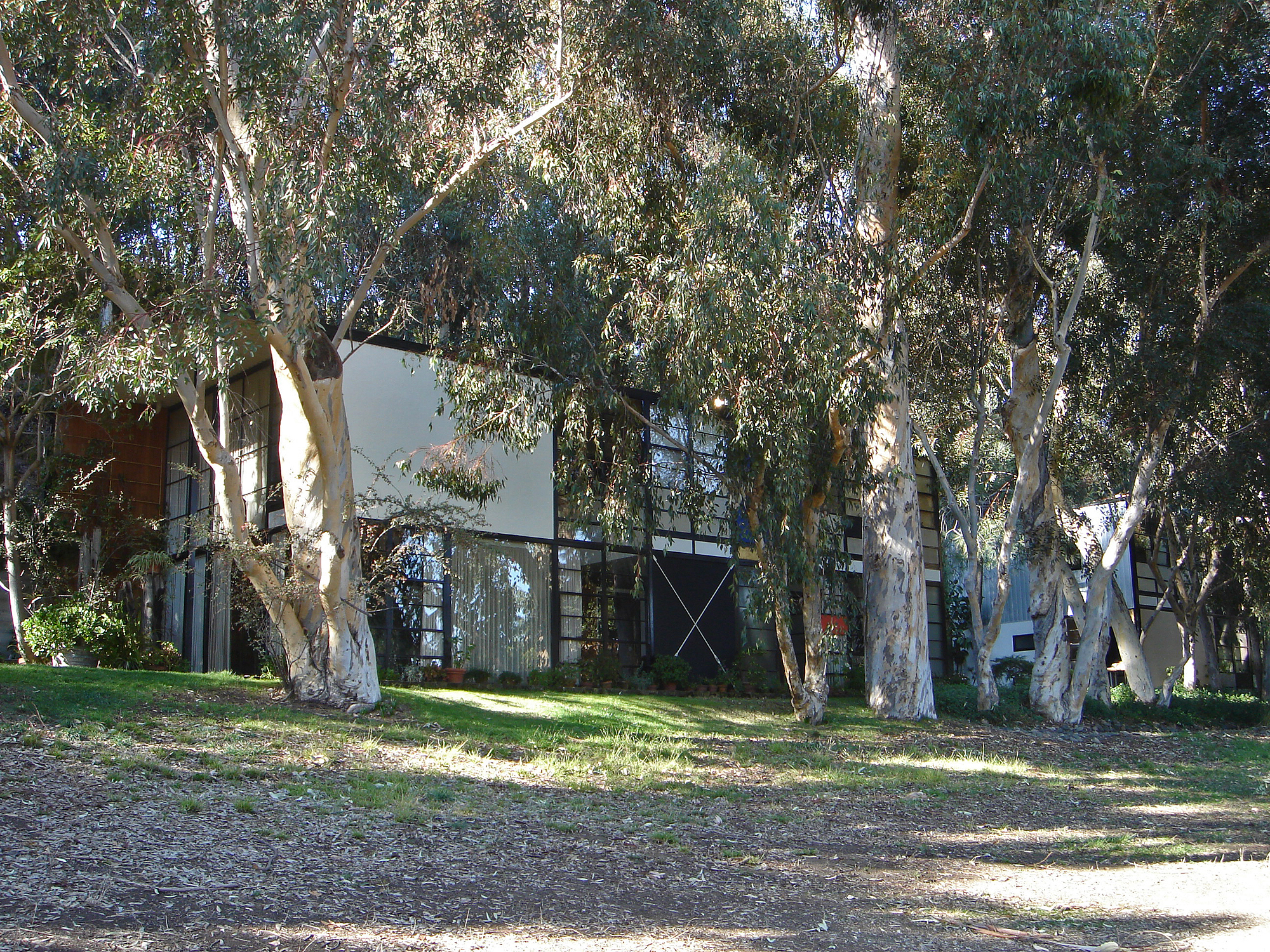 Heritage and conservation after the fires: what’s next for Los Angeles?
Heritage and conservation after the fires: what’s next for Los Angeles?In the second instalment of our 'Rebuilding LA' series, we explore a way forward for historical treasures under threat
By Mimi Zeiger
-
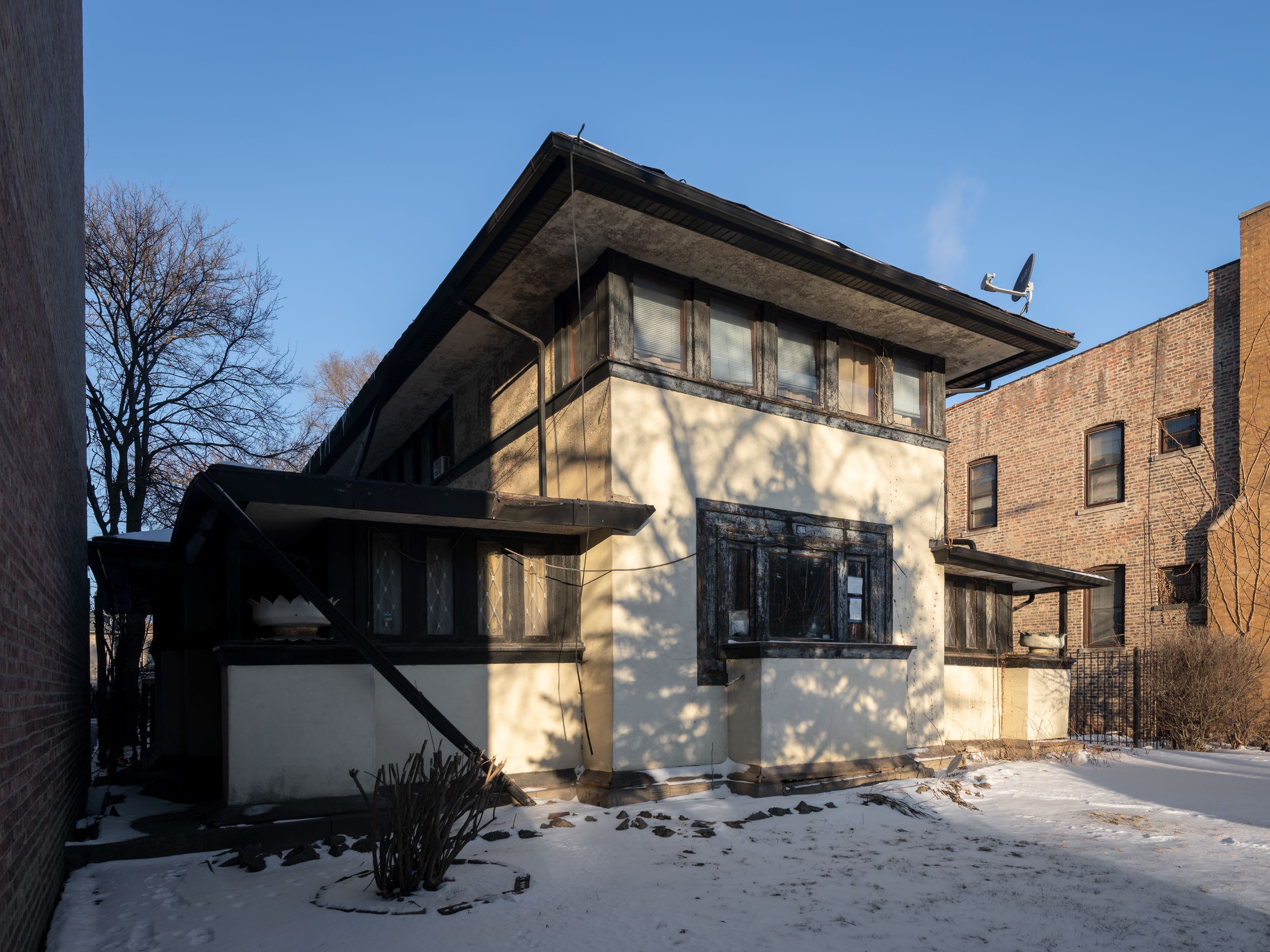 Why this rare Frank Lloyd Wright house is considered one of Chicago’s ‘most endangered’ buildings
Why this rare Frank Lloyd Wright house is considered one of Chicago’s ‘most endangered’ buildingsThe JJ Walser House has sat derelict for six years. But preservationists hope the building will have a vibrant second act
By Anna Fixsen